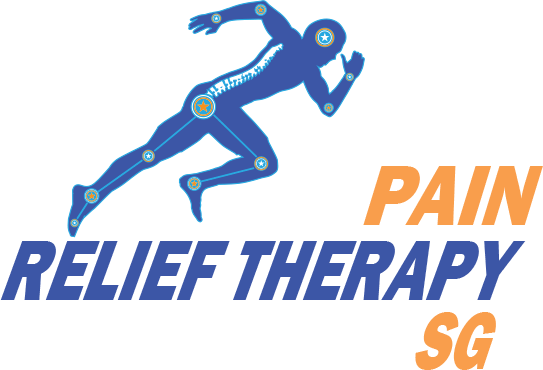ACHILLES TENDINITIS PAIN SYMPTOMS AND CAUSES
The neck is an incredible part of the body with a challenging task of supporting the weight of the head, which is roughly equivalent to the weight of a bowling ball. It is made up of vertebrae that extend from the skull to the upper torso, with cervical discs that act as shock absorbers between the bones. The neck's bones, ligaments, and muscles provide support for the head while allowing for a range of motion.
The spinal column runs through the neck, supporting and protecting the spinal cord, which links the entire network of nerves throughout the body. The neck's complex structure enables us to perform essential movements such as turning our heads, looking up and down, and tilting our heads, making it an essential part of the body that requires proper care and attention.
The pain associated with Achilles tendinitis typically begins as a mild ache in the back of the leg or above the heel after running or other sports activity. Episodes of more-severe pain may occur after prolonged running, stair climbing or sprinting. You might also experience tenderness or stiffness, especially in the morning, which usually improves with mild activity. If your Achilles tendon tears, you may hear a snapping or popping noise when it happens. You could have bruising and swelling, too. You also may have trouble pointing your toes and pushing off your toes when you take a step.
- The Achilles tendon feels sore a few centimeters above where it meets the heel bone.
- The lower leg feels stiff, slow, or weak.
- A slight pain appears in the back of the leg after running or exercising and becomes more severe.
- Pain in the Achilles tendon occurs while running or a couple of hours after.
- Pain is greater when running fast, for a long time, or when climbing stairs.
- The Achilles tendon swells or forms a bump.
- The Achilles tendon creaks when touched or moved.
- Discomfort or swelling in the back of your heel.
- Tight calf muscles.
- Limited range of motion when flexing your foot.
- Skin on your heel overly warm to the touch
- Exercising without a proper warmup
- Straining the calf muscles during repeated exercise or physical activity
- Playing sports, such as tennis, that require quick stops and changes of direction
- Sudden increase in physical activity without allowing your body to adjust to increased training
- Wearing old or poorly fitting shoes
- Wearing high heels daily or for prolonged durations
- Having bone spurs in the back of your heels
- "Flat feet," also called fallen arches. This means that when you take a step, the impact causes the arch of your foot to collapse, stretching the muscles and tendons
Achilles tendinitis is caused by repetitive or intense strain on the Achilles tendon, the band of tissue that connects your calf muscles to your heel bone. This tendon is used when you walk, run, jump or push up on your toes. The structure of the Achilles tendon weakens with age, which can make it more susceptible to injury. Some causes include:
- Increase your activity level gradually. If you're just beginning an exercise regimen, start slowly and gradually increase the duration and intensity of the training.
- Take it easy. Avoid activities that place excessive stress on your tendons, such as hill running. If you participate in a strenuous activity, warm up first by exercising at a slower pace. If you notice pain during a particular exercise, stop and rest.
- Choose your shoes carefully. The shoes you wear while exercising should provide adequate cushioning for your heel and should have a firm arch support to help reduce the tension in the Achilles tendon. Replace your worn-out shoes. If your shoes are in good condition but don't support your feet, try arch supports in both shoes.
- Stretch daily. Take the time to stretch your calf muscles and Achilles tendon in the morning, before exercise and after exercise to maintain flexibility. This is especially important to avoid a recurrence of Achilles tendinitis.
- Strengthen your calf muscles. Strong calf muscles enable the calf and Achilles tendon to better handle the stresses they encounter with activity and exercise.
- Cross-train. Alternate high-impact activities, such as running and jumping, with low-impact activities, such as cycling and swimming.
CALL +6587141543 TODAY TO SCHEDULE YOUR FIRST APPOINTMENT
GET IN TOUCH
Contact Us
We will get back to you as soon as possible.
Please try again later.
SERVICES WE PROVIDE:
- Chronic Muscle Pain Relief
- Headaches and Jaw pain
- Upper Back Pain & Lower Back Pain Relief
- Muscular Imbalances / Body Misalignment
- Scar Tissue Therapy
- Functional Neurology Disorder
- Digestive Issues, Detox & Wellness
- Hearing Test and Hearing Aid

CONTACT US AT
WhatsApp: +65 87141543
Email: movewell@painreliefsg.com
Address: PS100, 100 Peck Seah Street, #10-19 Singapore 079333
© Copyright 2022 | All Rights Reserved | Pain Relief Therapy | Designed by CMO Media Lab

